The treatment of bedridden patients has always been difficult: careful care and monitoring of the patient's condition and health are necessary. This is not only a timely intake of drugs, but also daily hygiene, a balanced diet, compliance with ventilation and gymnastics. A huge problem for severe patients are bedsores. They are formed due to excessive pressure of bone protrusions on the skin. How to treat bedsores to cure them? Let's try to answer this question in the article.
The concept of pressure sores, their varieties and places of formation
Pressure ulcers are a process of tissue necrotization that occurs in typical areas of the body. Damage affects the skin, blood vessels, fatty tissue and other structures. Typically, bedsores occur in the areas of the protrusion of bones. This is due to the fact that in such areas the skin layer is very thin, so any excessive pressure on it is detrimental.
Classify bedsores according to various criteria. Depending on their origin, exogenous, i.e., those arising as a result of external mechanical effects, and endogenous - formed due to neurotrophic changes in the skin, are isolated. The latter usually form inside the tissues due to the installation of catheters or drains.
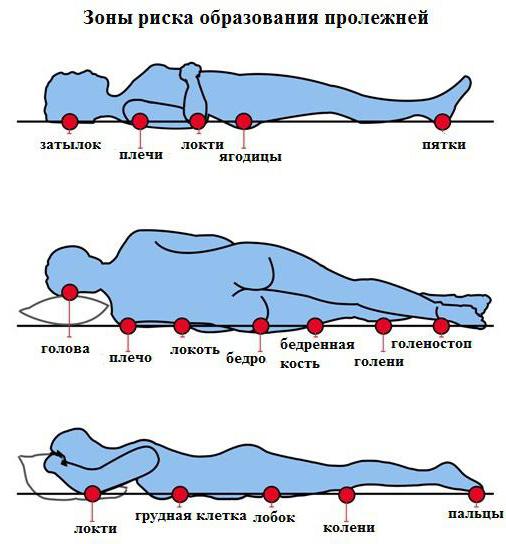
Pressure ulcers are characteristic not only for bedridden patients - they are also formed with frequent external compression of the skin, which is observed for other reasons. Of course, more often lesions are formed in connection with impaired tissue innervation. Depending on the position the patient is in most of the time, necrotic changes in certain areas are observed:
- in seated people in a wheelchair, body weight puts pressure on the buttocks and heels;
- in the supine position, ankles, thighs, knees are subjected to increased pressure;
- in the supine position, bedsores can occur in the heel, sacrum, sciatic tubercle, shoulder blades, elbows, neck;
- if a person lies on his stomach, the skin of the cheekbones and pubis suffers.
Excessive moisture or dryness accelerates the process. In order not to ask the question: “How to treat bedsores?”, One should carefully care for the skin of the patient. If dryness is noticeable, use a baby moisturizer. Excessive moisture is fought with powder. Oily skin should be treated with alcohol-containing solutions. It is important to organize hygiene measures in time: wiping, bath, frequent change of linen, pajamas, bedding.
Risk factors, complications
Anyone undergoing bed rest or using a wheelchair is at risk. There are other factors that increase the chances of the formation of pressure sores:
- age - the older the patient, the more susceptible his skin is, and tissue regeneration is much more difficult and longer;
- disturbances in sensitivity, tissue innervation, neurological diseases;
- muscle atrophy and weight loss - the natural barrier between bone and skin decreases, as a result of which pressure on it increases;
- insufficient water consumption, poor nutrition - the lack of a balanced diet and a sufficient amount of fluid worsen the condition of the skin;
- fecal or urinary incontinence - causes the spread of bacteria;
- excessive moisture or dry skin;
- diabetes and vascular disease;
- smoking, taking alcohol or drugs;
- impaired consciousness and uncontrolled muscle spasms.
If the patient has at least one of the listed factors, it is worth seriously considering the prevention of pressure sores. They appear very quickly, but they are treated for a long and difficult time. Having found the first signs of tissue compression, it is necessary to immediately begin treatment and strengthen preventive measures. How to treat bedsores? In the initial stages, the main thing is to pay attention to timely hygiene. You can use ointments that promote tissue regeneration. It is necessary to notify the doctor about the process that has begun. Delay or improper treatment can lead to the following consequences:
- sepsis is a life-threatening condition in which an infection enters the bloodstream and spreads rapidly throughout the body;
- inflammation of the subcutaneous tissue - is characterized by severe pain, hyperemia, edema;
- infection of joints and bones, which threatens to destroy them;
- skin cancer due to long-term non-healing chronic wounds.
That is why it is important to understand that bedsores are a serious problem in the treatment and care of bedridden and seriously ill patients. The technique for dealing with them differs depending on the degree of skin damage.
Pressure ulcers of the first degree
The initial stage of the development of the disease is considered the most favorable time for treatment. It is during this period that it is possible to completely restore the skin and avoid the necrotic process. Externally, bedsores of the first degree are manifested in the form of reddened areas. If you apply a little pressure on the skin, the contact area will turn white. At this stage of development, the lesions are superficial, which allows for effective treatment, leading to complete recovery.

If reddened areas of the skin are found, it is important to know how to treat bedsores and what preventive measures to take. First of all, attention should be paid to hygiene: the patient's skin should always be dry and clean. For washing, it is better to use washcloths made of cotton material. Having moistened them in soapy water, gently wipe the patient's skin. Using antibacterial soap is not recommended, it is better to choose regular or baby. After removing the remnants of the soap solution, pat the skin. Do not forget to change bed and underwear on time. In this case, the fabric should not crumple, crush. It is necessary to carefully monitor the condition of the skin: moisturize dry skin in time, wipe oily skin with alcohol-containing substances, and treat it with excessively wet powder. Air baths should be periodically arranged.
How to treat bedsores in a bed patient? At the initial stage, the cleansing of the affected skin is carried out using saline or camphor alcohol. Zinc ointments can be applied to wet areas. They slightly dry the skin and protect it from further damage. The resulting pressure sores are treated with ointments "Solcoseryl", "Actovegin", "Dermazin". You can use the powder “Xeroform”. A polyurethane film dressing is applied to the affected area. It is a transparent film with an adhesive surface. Its use provides protection against bacteria, evaporation of moisture and oxygen access to tissues. How to treat bedsores in bedridden patients correctly? You should adhere to such a technique: cleansing, applying the main ointment, applying a bandage. The skin condition must be constantly monitored.
In addition to basic treatment and patient hygiene, preventive measures are needed to prevent the development of pressure sores. For this, the position of bedridden patients in bed is changed every two hours. For wheelchair users it is necessary to carry out the procedure once an hour. Additionally, you can use special anti-decubitus mattresses and pillows, which significantly reduce the pressure of the body weight on the skin. The patient's nutrition should be balanced, enriched with vitamins and minerals. A course of immunotherapy will not interfere.
Treatment of bedsores of the I degree by means of traditional medicine
It is possible to treat incipient bedsores not only with pharmacy ointments and solutions, but also with folk remedies. It is important to understand that the progression of the disease is fast enough. Therefore, the use of unconventional methods should be agreed with the doctor, and the results of treatment should be strictly monitored. How can bedsores be treated? At the initial stage, vegetable oils worked well: sea buckthorn, olive, camphor. They are applied to reddened areas of the skin several times a day.
An effective recipe for Balynin ointment. It is made from natural ingredients and stored for a long time. To prepare, you need to purchase the following ingredients:
- oil (sold in the church shop) or olive oil - 100 ml;
- beeswax or wax candle - 40 g;
- sugar - a third of a teaspoon.
Take the enameled container and place the components in it. Heat in a water bath until they are completely dissolved, then cool. Store in a glass jar in the refrigerator for up to a year. During cooking, crushed dry marigold flowers (a tablespoon) can be added to the mixture.
How to properly treat pressure sores at home? You should be aware that in any case damaged areas of the skin cannot be massaged. Contact with pressure sores should be kept to a minimum. First, the skin is treated with physiological saline or camphor alcohol, after which the main agent is carefully applied (in case of using traditional medicine - oil). A sterile dressing can be applied on top.
Pressure ulcers at the II stage of development
If the initial symptoms of skin lesions are not noticed on time or the treatment is ineffective, the disease progresses quickly enough. The next stage is stage II, which is characterized by the presence of an open wound. Sometimes the bedsore looks like a burst or, conversely, an inflated bubble with a clear liquid. At this stage, the risk of infection increases, so the treatment is complex. It is composed of antibiotics and healing drugs. Preventive measures and recommendations for care should be followed with special care, otherwise the treatment will be delayed for a long time.
How to treat bedsores in a bed patient at stage II? The most important point is disinfection of an open wound. For this, solutions can be used:
- chlorhexidine - provides disinfection, destroys bacteria, fungi and some viruses;
- colloidal silver - eliminates discomfort and pain, enhances the effect of the antibiotic, disinfects;
- furatsilina - contributes to the death of pathogenic microorganisms;
- 3% hydrogen peroxide - gently cleanses the wound and disinfects the surface;
- physiological - accelerates healing, cleanses bacteria.
After applying antiseptic agents, leave the skin to air and dry slightly. For these purposes, quartz lamps are often used in a hospital.
Further activities depend on the nature of the wound. If there is no pus, then healing ointments are used , for example, Methyluracil or Thiotriazolin. Infection can be prevented with the help of drugs such as Betadine and Iruxol. These drugs break down dead tissue, thereby cleansing the wound and promoting its healing.
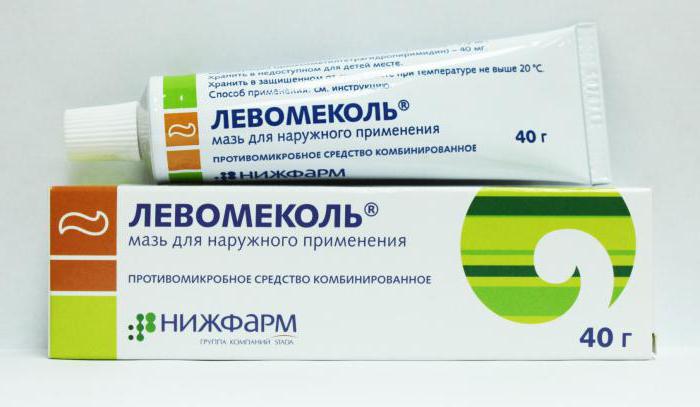
What is the best way to treat bed sores in a bed patient at the first sign of infection? It is recommended to use antibiotic-based ointments. For example, Levomekol, Levosin, Argosulfan, Iruksol. With a significant development of infection, medical personnel must carry out the dressing. Wound washing with antiseptic solutions, removal of dead tissue with surgical scissors is indicated. Then apply ointment and bandage.
Folk recipes for the treatment of pressure sores in stage II
Can stage II bedsores be treated with medicinal infusions or vegetable oils? Yes, but the use of specific ointments and preparations is a prerequisite. How to treat bedsores at home in this case? You can alternate the use of pharmacy ointments and vegetable oils. At the same time, connoisseurs of traditional medicine talk about the high effectiveness of such funds:
- Baking soda - a tablespoon is diluted in two glasses of boiling water and a linen towel is moistened with a solution , which is immediately applied to the affected area (blister). As a result, all the pus comes out. Then take a new towel and re-moisten in solution. The procedure is continued until the tissue, when removed from the bedsore, is clean.
- Goat fat - mix with onions (finely chopped) and sodium chloride in the same proportion. Apply to affected areas for half an hour. At the beginning of treatment, the wound will hurt, this period must be endured.
Effective at stage II bedsores is called such a recipe: mix Vishnevsky ointment and 1% dioxidine solution in a ratio of 3: 1. Combine the substances in a sterile dish. Apply the finished mixture to the wound and cover with a bandage. After two days, change it. The procedure is recommended for clean wounds, without pus and no visible signs of infection.
Dressing rules and types of dressings
Simply treating a patient's bedsores is not enough for effective treatment. One of the key events is dressing. This is a mandatory procedure for any degree of tissue damage, and if infected, you can’t do without it at all. Before you apply a bandage, you should know how to treat pressure sores at home. The initial stage will always be the disinfection of the affected skin surface. This can be done with the help of special solutions, which are easy to purchase at any pharmacy. How to treat bedsores? The following rules should be followed:
- do not touch the wound with your hands, carry out the procedure with sterile wipes;
- a solution is poured onto a wound or napkin, after which the affected surface is carefully blotted until it is completely cleaned;
- at the end of the procedure, wound the blotting movements with a dry sterile cloth.
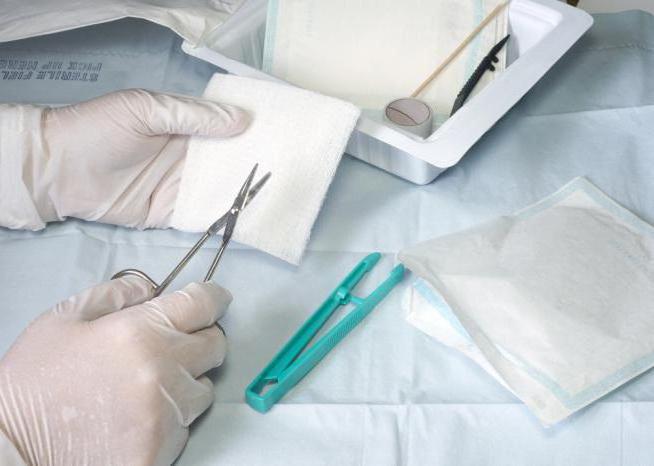
It is important not to overdo it with the use of antiseptics. In addition, they should gently clean and disinfect, without causing burns and irritation. It is not recommended to use brilliant green, potassium permanganate solution or iodine.
How to treat bedsores in bedridden patients after cleansing the wound? A cream (healing, antibiotic) is applied to a sterile napkin or to the wound itself, after which they proceed to dressing. The bandage should not be applied too tight. In addition, it must pass air and at the same time be tight and tight. Its edges affect healthy skin. The procedure is performed daily. On moving parts of the body, the bandage is additionally fixed with a bandage. In other cases, it is attached with a patch, gluing the edges of the material with healthy skin. There are many modern dressings that can additionally be coated with active substances.
Stage III bedsores
The third stage of development is characterized by extensive tissue necrosis - up to fascia. The epidermis, dermis and subcutaneous fatty tissue are destroyed . The skin exfoliates. Most often, the wound becomes infected, which provokes the formation of pus. At the same time, thorough cleansing of the affected skin is mandatory. At home, it is necessary to treat deep bedsores with solutions of antiseptics, achieving maximum tissue cleansing. With the accumulation of dead tissue, it should be removed surgically. It is possible to prevent the spread of necrosis only by timely opening of abscesses and cleansing the wound of necrotic tissue, which is carried out using necrectomy.
What is the best way to treat bedsores in stage III? The same healing creams and antibiotics are used as in the second degree of damage. These are Iruksol, Thiotriazolin, Levosin, Levomekol, Algofin, Solcoseryl. To help cleanse the wound from necrotic tissue, trypsin, terrilitin, collagenazine, and chymotrypsin ointments will help.
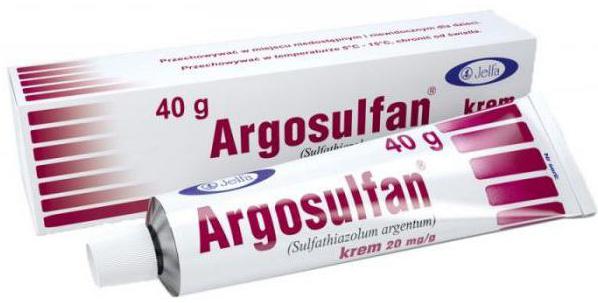
Special dressings give good results. For example, "Multiferm", "Pam-T", "Dalcex-Trypsin". Their surface is saturated with enzymes and other active substances that contribute to the speedy healing and regeneration of tissues. Bandaging is carried out daily. Recovery with proper care occurs within 2 weeks.
Stage IV bedsores
The last stage of the formation of pressure sores is characterized by deep tissue necrosis. This is a dark-bottom wound from dead tissue through which you can see muscles, tendons, or bones. The process quickly spreads to healthy skin. Treatment is prescribed by a doctor. A conservative approach may be recommended, which involves the use of the same means as in the treatment of bedsores of the III degree. Ointments are prescribed for tissue repair, removal of necrotic contents and the fight against infection. Often, dressings are performed in the treatment room or the patient is hospitalized.
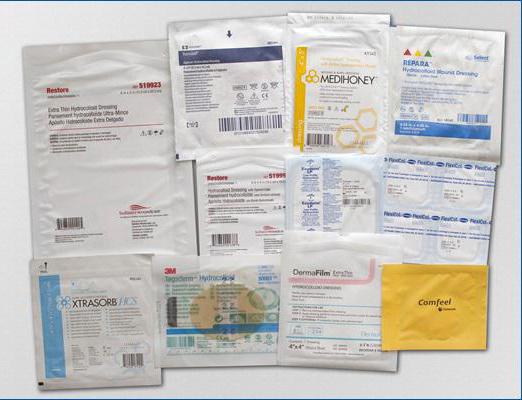
What is the treatment of pressure sores in a hospital? Antiseptic solutions are used (usually saline or chlorhexidine). , . . – , – , . , . , . . . , . . . , . .
Preventative measures
A huge role in the treatment and prevention of pressure sores is played by their prevention. It is much easier to comply with a number of patient care requirements than to deal with progressive tissue damage. To treat the skin for the prevention of pressure sores should be camphor alcohol, saline or other mild antiseptic agents. This is especially true in cases where the patient has incontinence of urine or feces. It is necessary to constantly keep the skin clean and dry. If necessary, moisturize it with baby cream or, conversely, use powder (zinc ointment). Have air baths several times a day. Change the position of the body of a bed patient every two hours. At the first sign of pressure sores, start immediate treatment.
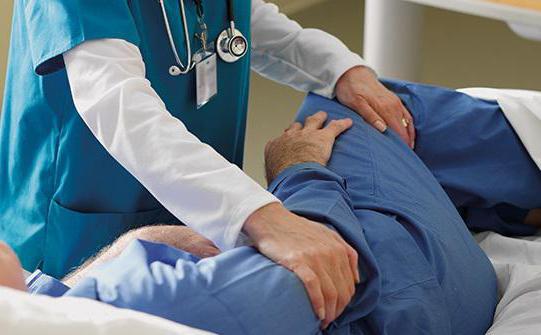
Pressure ulcers very easily appear and develop rapidly. It is enough to leave the patient once in a wet bed, and the skin will react instantly. To combat this difficult problem, it is necessary to properly process the integument: at the stage of prevention, clean, dry and care on time. At the first sign, connect special ointments, strengthening preventive measures.